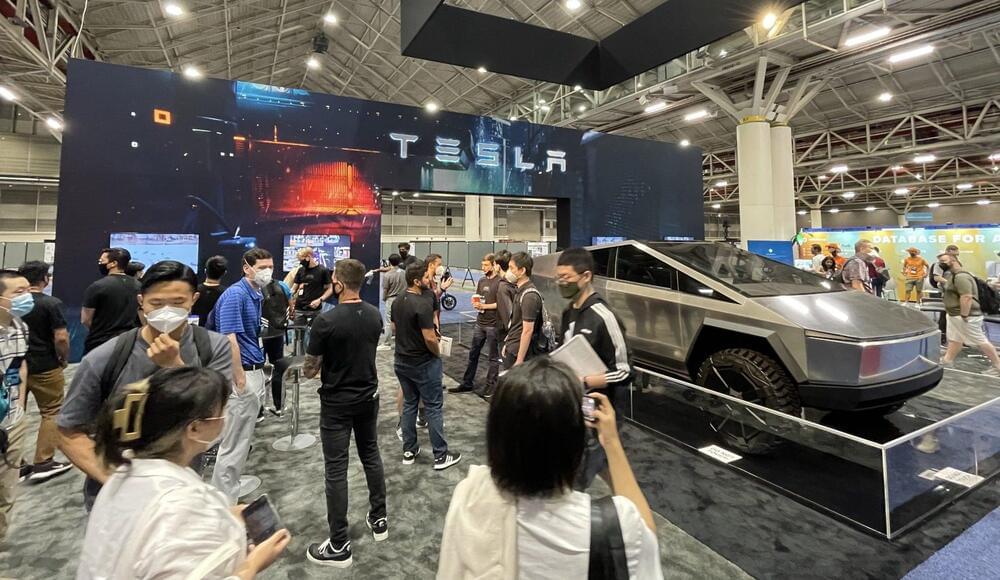Back when the Cadillac CT6 was the new hotness for the brand still trying to stand up to its full height, rumors abounded of a new model well above that to challenge the rarified trims among German luxury competition. The most oft-repeated portion of that rumor was that the model would cost well more than $100,000. When Cadillac’s electric turn gathered momentum, we began hearing about a sedan called the Celestiq that would be the pride of the fleet. It doubled the potential starting price of the previous flagship, as recently as this month being touted as costing more than $200,000. A report in the Wall Street Journal suggests that is correct. Citing “people familiar with the matter,” the paper said, “the Celestiq price tag could run well beyond $300,000 depending on added features.”
A straight reading suggests an MSRP somewhere above $200,000 and an options menu with enough pricey choices to cross the $300K tier. In itself, that’s not outrageous. The 2023 BMW i7 can be optioned from a starting price of $120,000 to $155,000. The Porsche Taycan Turbo S can be optioned from $188,000 to $237,000 by checking a few boxes in just five of the potential 31 menu categories. The jumps go logarithmic when one steps up to superluxe models from makers like Aston Martin and Bentley and Rolls-Royce. So throwing $50,000 in options at a car that starts at $275,000 isn’t much of a story.
The story is that we’re talking about Cadillac, and these kinds of numbers would represent huge changes for the brand’s pricing and options. The 2023 Escalade-V doesn’t have a configurator yet, so starting with the $112,500 Escalade ESV Sport Platinum 4WD in four-wheel drive, clicking every mechanical and luxury accessory got us to almost $135,000, representing $23,500 in options. If the WSJ is even close in its assessment, the Celestiq could start around $100,000 more than the $150,000 Escalade-V and then unveil the kind of options menu that’s usually read in a British accent by someone wearing $3,000 shoes.







